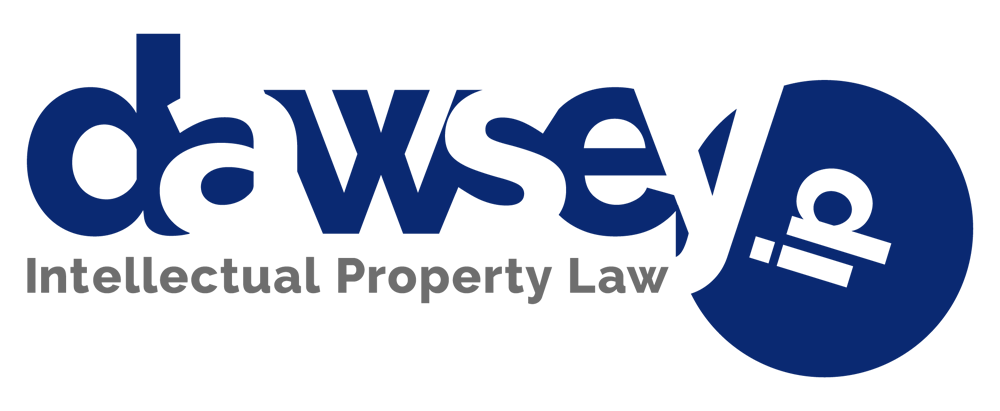
Can A Government Grant Proposal Prevent You From Getting A Patent?
© 2007, Dawsey Co., LPA
February 2007
Small businesses and university researchers often apply for government grants to fund the research and development of new technologies. In preparing the grant proposal, the applicant may disclose their research plans, the anticipated results of the research, and other technical information. However, by submitting the grant proposal to a government agency, the applicant may have compromised the patentability of any invention that results from the subsequent research. You may be wondering: How can the submission of a grant proposal affect the patentability of my invention? The answer to this question centers on whether the grant proposal can be considered “prior art.”
Prior art is largely defined by 35 U.S.C. Sect. 102. For example, the particularly relevant sections of 35 U.S.C. Sect. 102 state:
- A person shall be entitled to a patent unless –
- (a) the invention was…patented or described in a printed publication…before the invention thereof by the applicant for patent, or
- (b) the invention was patented or described in a printed publication…more than one year prior to the date of the application for patent in the United States,….
The primary concern with grant proposals is whether they qualify as a specific type of prior art, namely, “printed publications.” There has been at least one case that has concluded that a government grant proposal constituted a printed publication. See E.I. du Pont de Nemours & Co., v. Cetus Corp., 1990 U.S. Dist. LEXIS 18382 (N.D. Cal. Dec. 11, 1990). The case law notes that the touchstone in determining whether a reference qualifies as a printed publication is “public accessibility.” In the DuPont case, the court found the grant proposal at issue (a NSF grant proposal) to be publicly accessible due to the fact that the proposal was: 1) filed, indexed by title, author, institution and grant number; 2) available upon request under the Freedom of Information Act (FOIA); and 3) cited by grant number in a published article written by the author of the proposal.
Thus, if a grant proposal is considered to be a printed publication, it can defeat patentability in two ways. First, if a grant proposal is on record with a federal agency and happens to describe the subject matter of a newly filed patent application, the proposal could be used to prevent a patent from issuing because the subject matter of the application would lack novelty. Second, if the inventor submits the grant proposal and does not file a patent application within one year, the grant proposal could serve as a bar to patentability. Of course, the grant proposal will only affect patentability to the extent that the proposal would enable people having skill in the particular technology area to make and use the invention.
On the other hand, if appropriate measures are taken, a grant proposal can avoid having the effects of invalidating prior art. One such measure involves marking the relevant portions of the grant proposal as confidential. Marking the proposal as confidential may exempt the information contained in the proposal from being publicly accessible via a FOIA request. Specifically, 5 U.S.C. Sect. 552(b)(4) prevents disclosure of the grant proposal to a third party FOIA requester if the information in the proposal is considered “trade secrets and commercial or financial information obtained from a person and privileged or confidential.”
Another significant FOIA exemption is found at 5 U.S.C. Sect. 552(b)(3), which prohibits disclosure of agency records that would be exempted from disclosure by another statute. This exemption would come into play if the information found in the grant proposal is the subject of a patent application pending before the U.S. Patent and Trademark Office (USPTO). Under the Patent Act, patent applications filed with the USPTO are kept in confidence and are not available for public inspection. However, applications are subject to publication after 18 months have expired from the earliest filing date claimed by the applicant. Therefore, if a grant proposal and a patent application are submitted simultaneously, the information in the grant proposal would be exempted from public disclosure for a period of 18 months.
In conclusion, it is important for small businesses and researchers to be aware of the effects a government grant proposal can have on the patentability of a future invention. Now that federal agencies are providing on-line access to searchable grant databases and proposal abstracts, the possibility of public accessibility to a grant proposal is greater than ever. However, knowing the possible consequences in advance, small businesses and researchers can take proactive measures, such as marking proposals as confidential or filing a patent application, to prevent the information in the grant proposal from becoming invalidating prior art.
